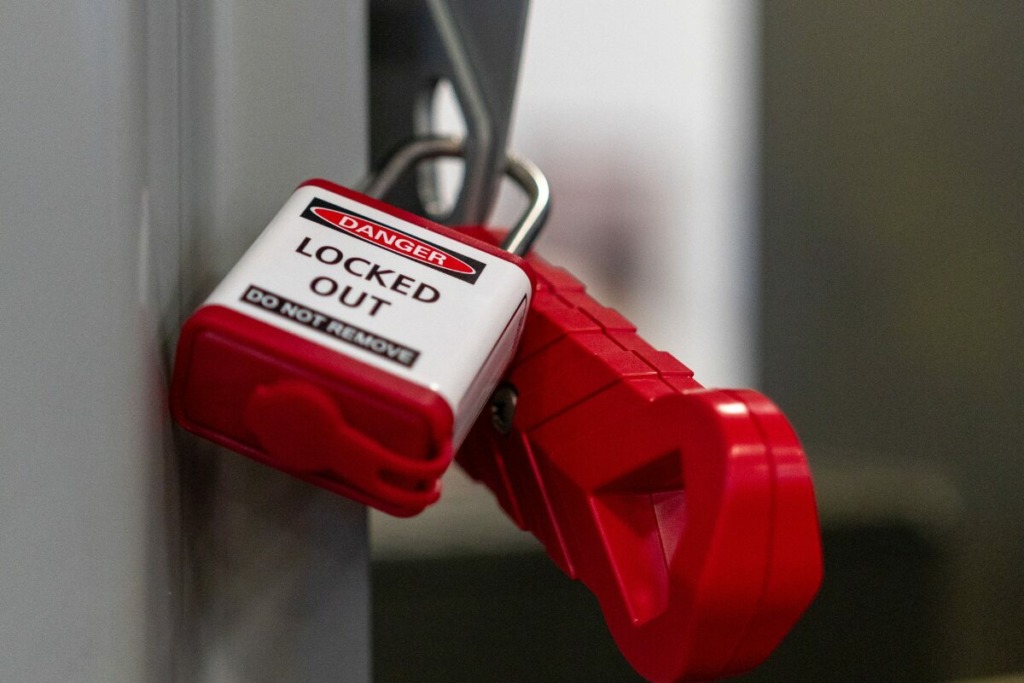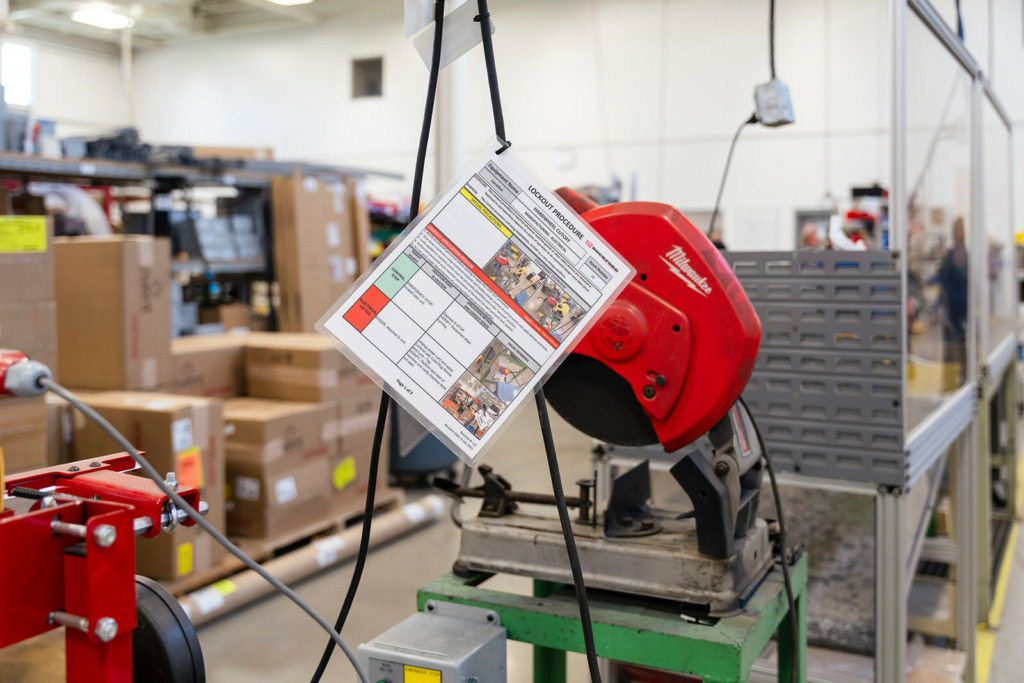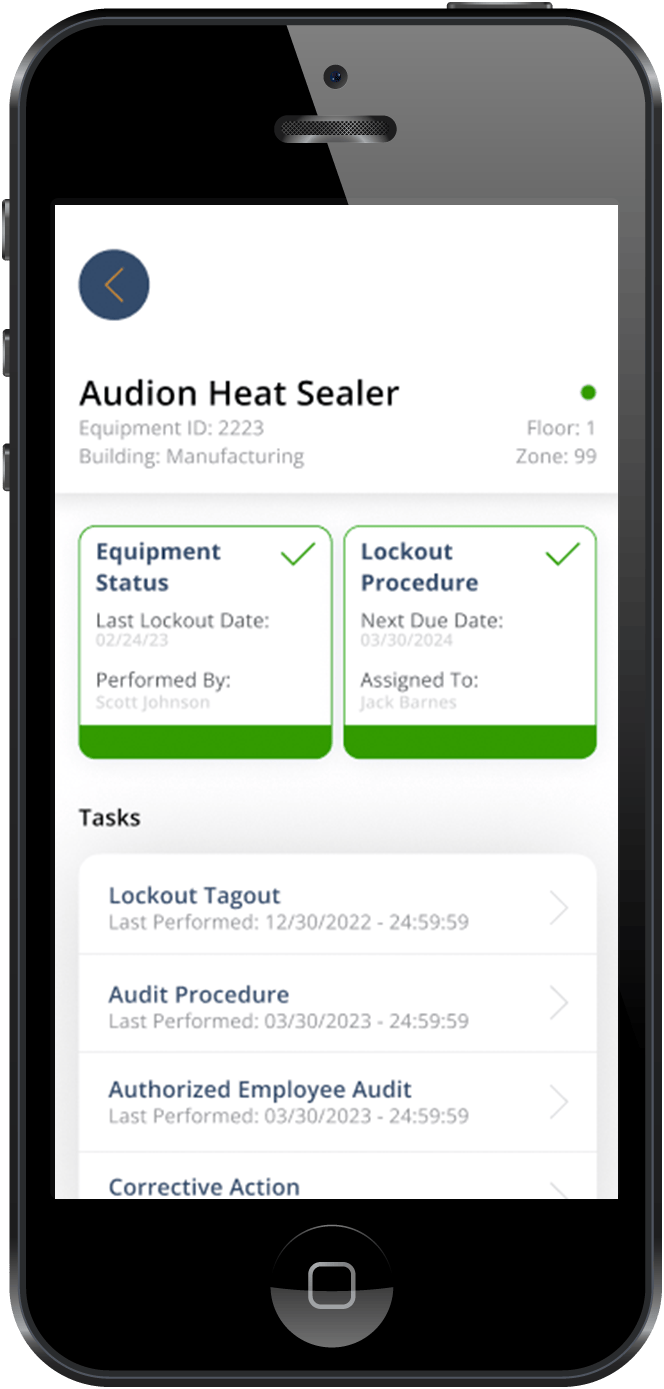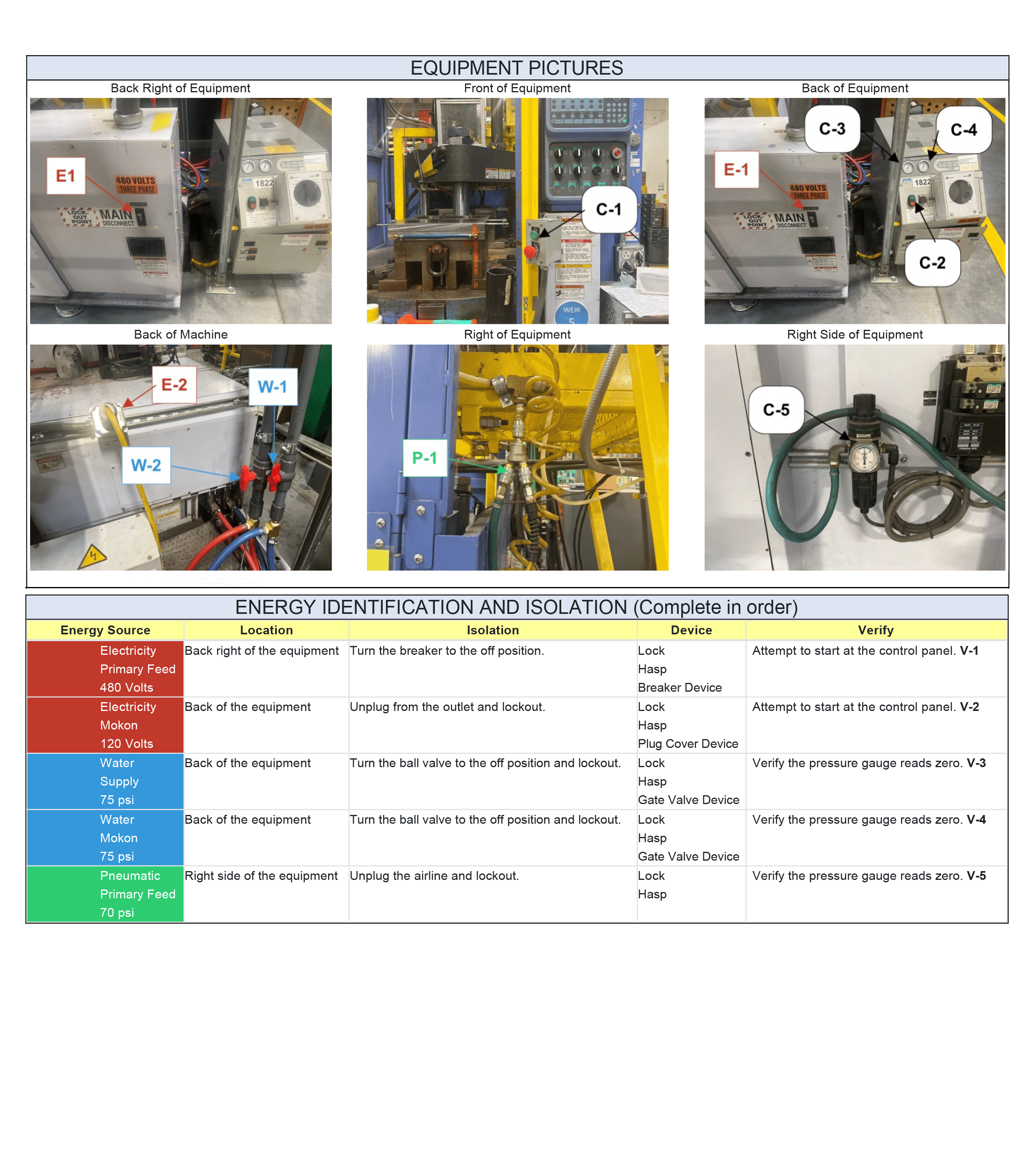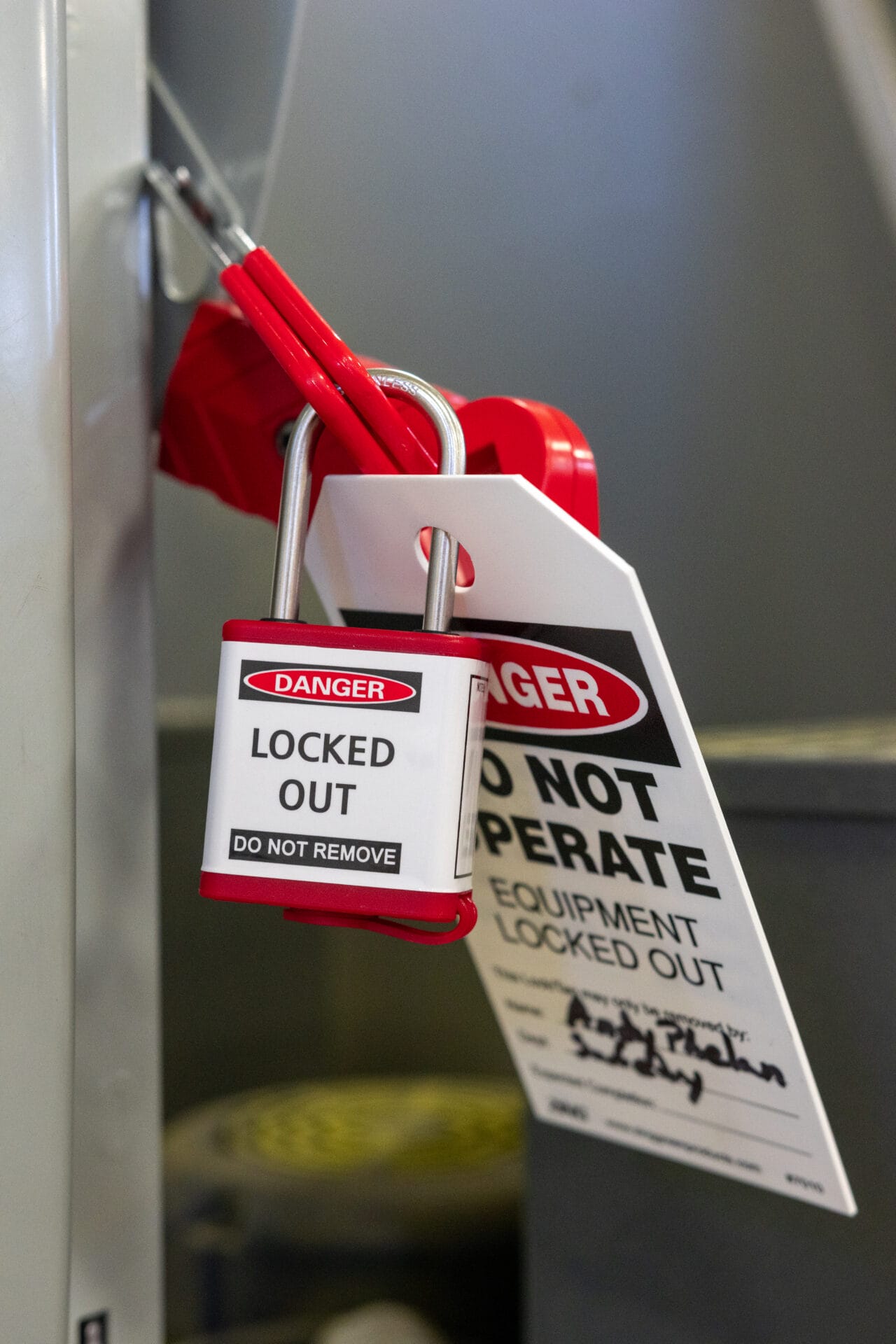Machine Isolation Safety Procedures: Moving Beyond Compliance to Operational Excellence
For many organizations, machine isolation safety procedures are treated as a box to check for OSHA compliance. The binder is updated once a year, a few locks are thrown on, and everyone moves on. But the reality is that these procedures represent far more than regulatory housekeeping. They are a critical intersection of safety, efficiency, and workforce trust, and when they’re optimized, they can become a competitive advantage rather than a burden.
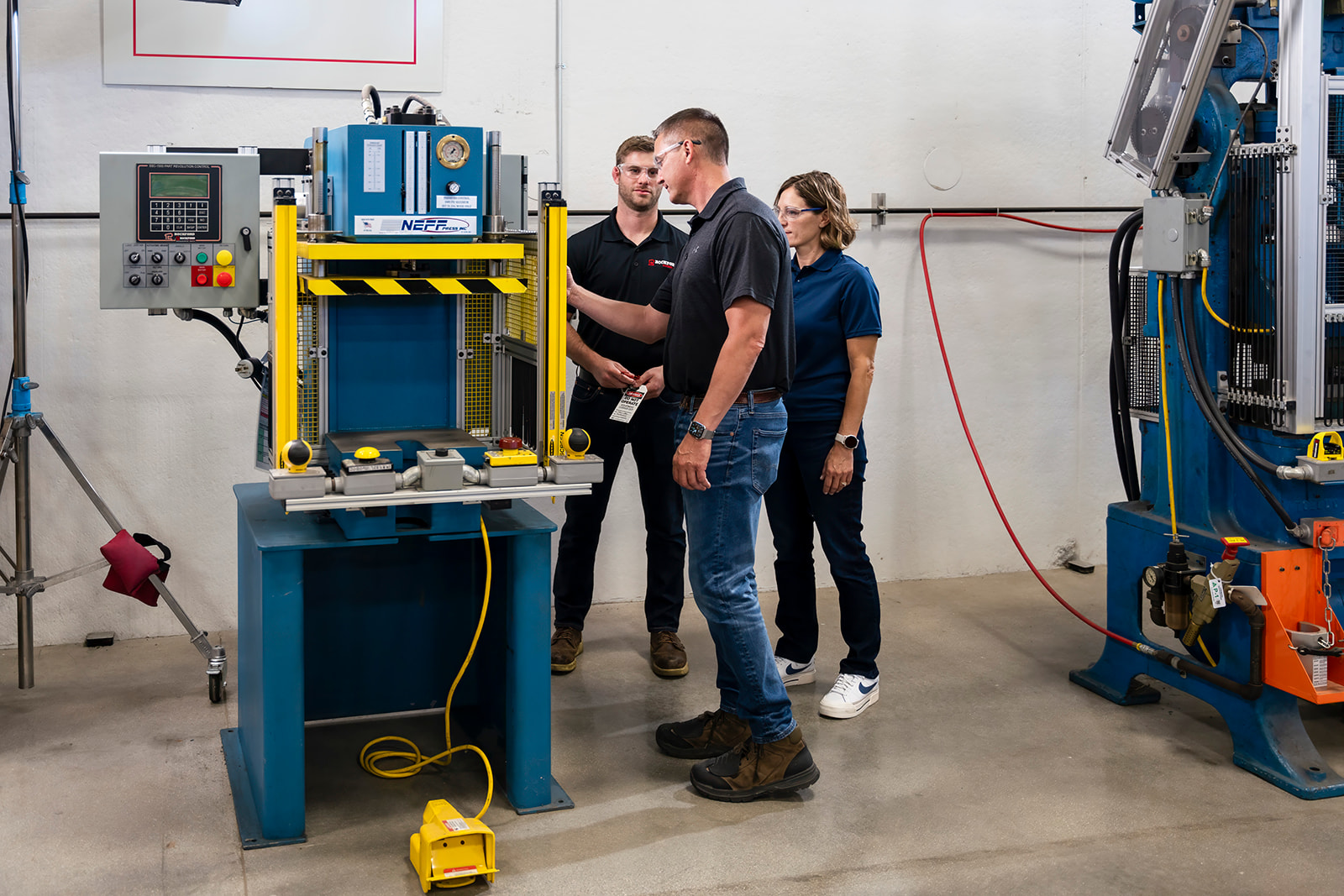
The Hidden Complexity of Energy Isolation
At first glance, shutting down a machine might seem straightforward. Flip a switch, add a lock, attach a tag… done. But in practice, machine isolation safety procedures must account for multiple layers of complexity:
-
Mixed energy sources: Modern equipment often combines electrical, pneumatic, hydraulic, and stored mechanical energy, all of which require different isolation techniques.
-
Residual energy: Springs, capacitors, and pressurized lines can hold energy long after isolation, and if overlooked, can cause catastrophic releases.
-
Human error: Even well-trained workers can become complacent, skip steps under production pressure, or misinterpret poorly written procedures.
-
Equipment modifications: Machines evolve over time, additional drives, bypasses, or control systems may render original procedures incomplete or inaccurate.
Addressing these complexities isn’t just about compliance; it’s about building procedures robust enough to withstand real-world conditions.
The Pitfalls of Generic Procedures
One of the most common mistakes in industry is relying on generic lockout/tagout policies that aren’t tailored to specific assets. While OSHA requires “machine-specific procedures,” many organizations stop short and rely on a one-size-fits-all checklist. This creates two problems:
-
Over-simplification: Workers aren’t provided with detailed isolation points or diagrams, leading to improvisation on the shop floor.
-
Over-complication: On the flip side, overly technical documentation can be so dense that it’s practically unusable.
The result is predictable, workers either skip steps, or they create their own “tribal knowledge” versions of procedures that may or may not align with best practices.
Strategies for High-Performing Isolation Programs
Organizations that excel at machine isolation safety procedures go beyond the minimum standard. They embed isolation into their operational DNA. Here’s how:
1. Digitize Procedures
Static paper binders are relics of the past. Digital platforms allow for equipment-specific procedures with embedded images, step-by-step walkthroughs, and easy version control. Workers can access the correct procedure on a tablet or by scanning a QR code at the machine.
2. Close the Training Gap
Annual training alone isn’t enough. High-performing organizations incorporate micro-learning, scenario-based drills, and peer verification. This ensures workers don’t just “know” the steps, they understand the why behind each one.
3. Address Human Factors
Safety professionals often underestimate the influence of production pressure. Workers are more likely to skip isolation steps if they feel their supervisors value uptime over safety. Building a culture where supervisors champion safety equally with productivity is essential.
4. Continuous Procedure Validation
Machines change, processes evolve, and procedures must keep pace. Annual audits are the minimum; some organizations now conduct quarterly spot-checks and even real-time verification through connected lockout devices that log who isolated what and when.
5. Integration with Operational KPIs
Instead of treating isolation as downtime, advanced facilities link safety metrics with performance dashboards. Demonstrating reduced near-misses, higher worker confidence, and fewer unplanned outages reframes safety as a driver of reliability and efficiency.
The Future of Isolation Safety
The next frontier in machine isolation safety procedures lies in smart technology. Barcode scanning, employee and process tracking and editable procedures. These tools provide real-time visibility into lockout activities and remove much of the variability introduced by human error.
But technology alone won’t solve the problem. The organizations that succeed will be the ones that combine digital tools with a strong safety culture and continuous workforce engagement.
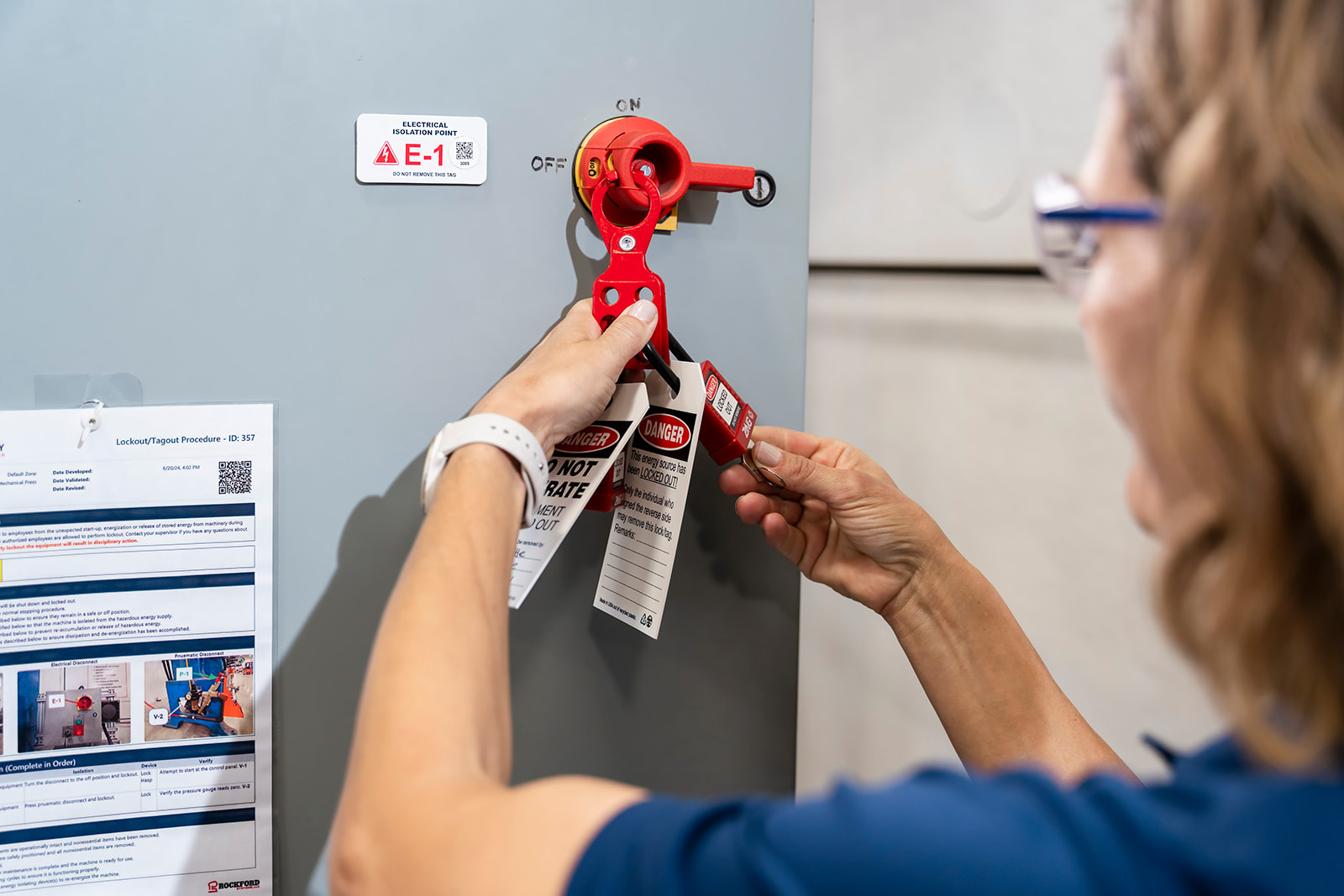
Final Thoughts
Machine isolation safety procedures are not just about preventing citations or ticking compliance boxes. They are about protecting workers, sustaining productivity, and building trust in operations. Companies that view isolation as an afterthought will always be reactive, scrambling after near misses or OSHA visits. Those that elevate their approach, through digitization, culture change, and continuous improvement, will set a new standard for both safety and operational excellence.
In the end, safe isolation isn’t just about stopping machines; it’s about empowering people.

